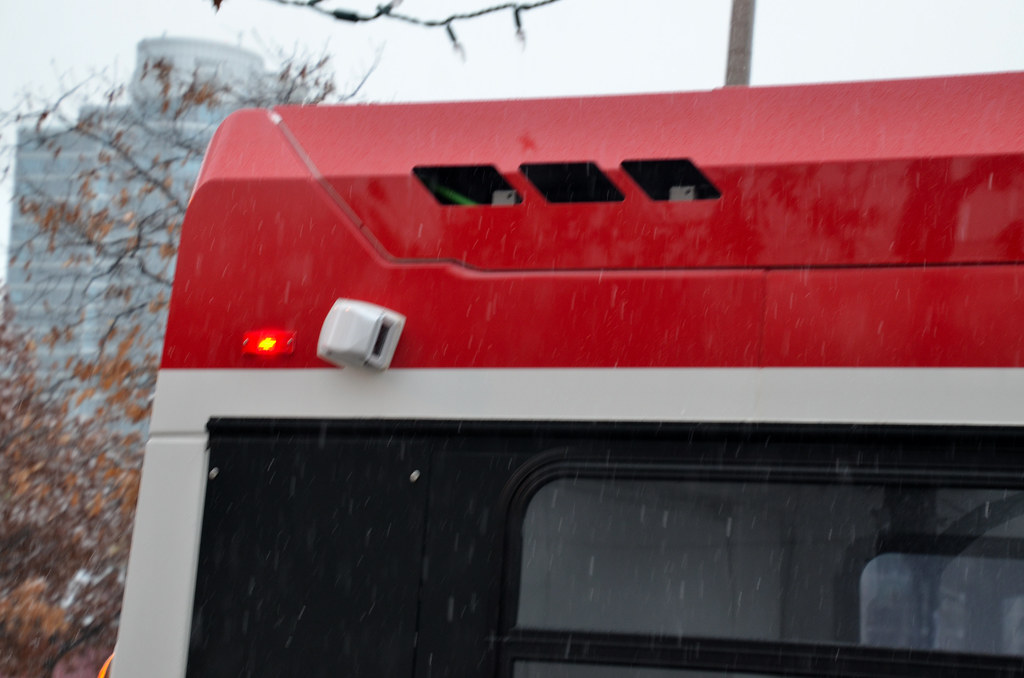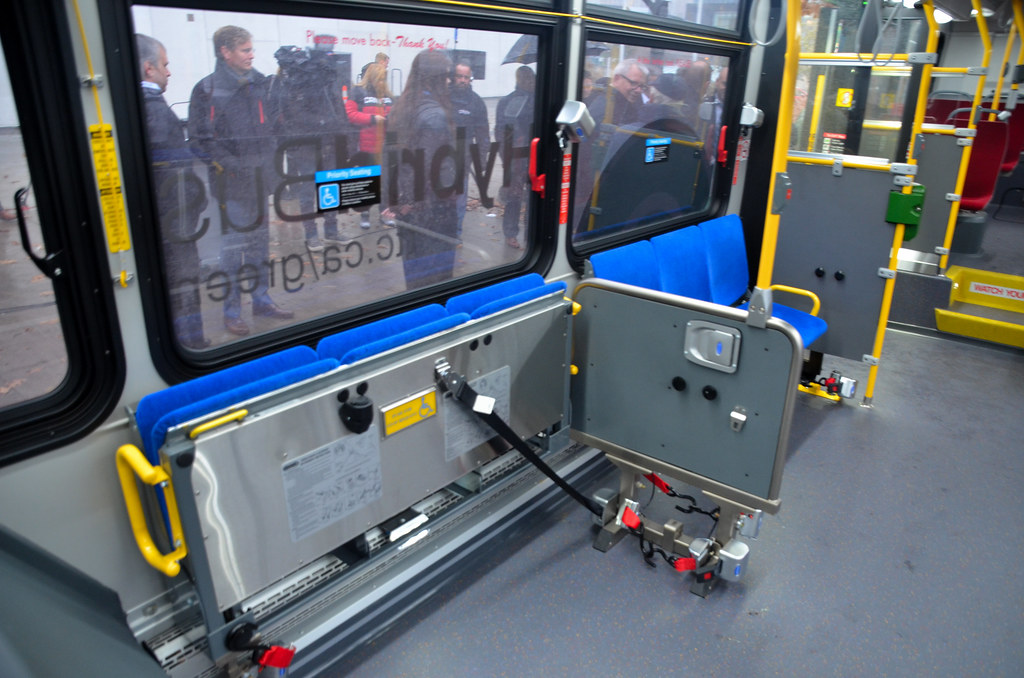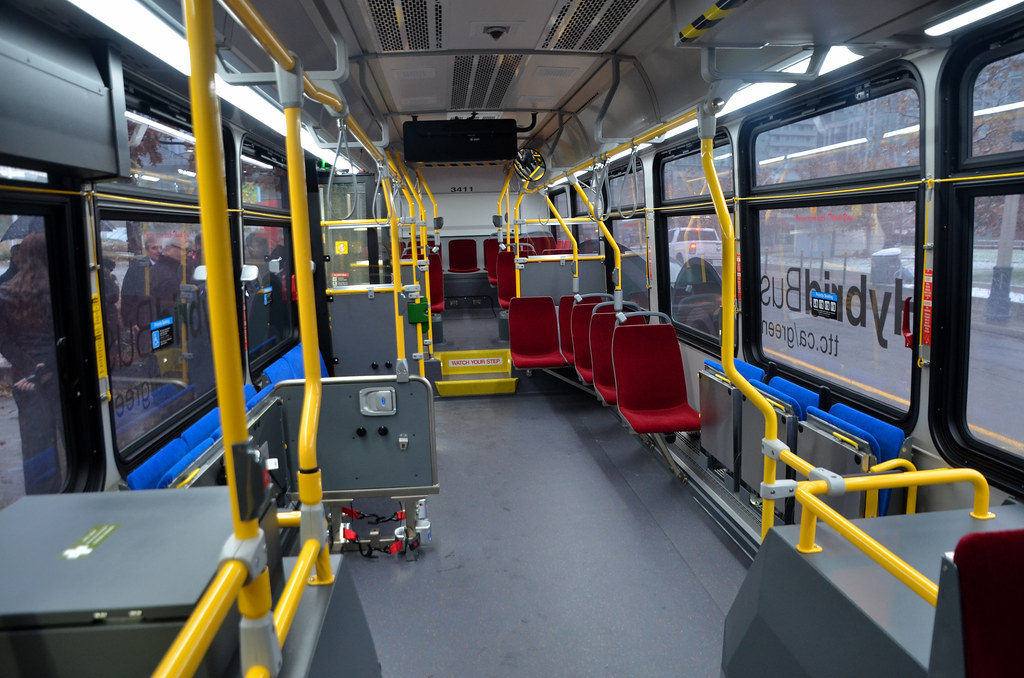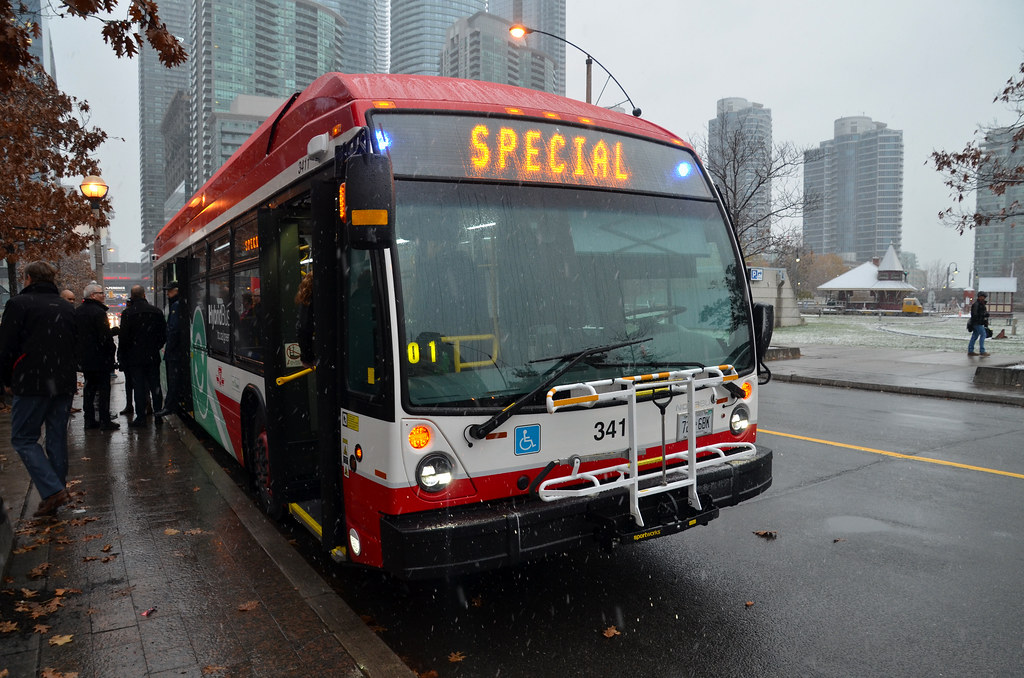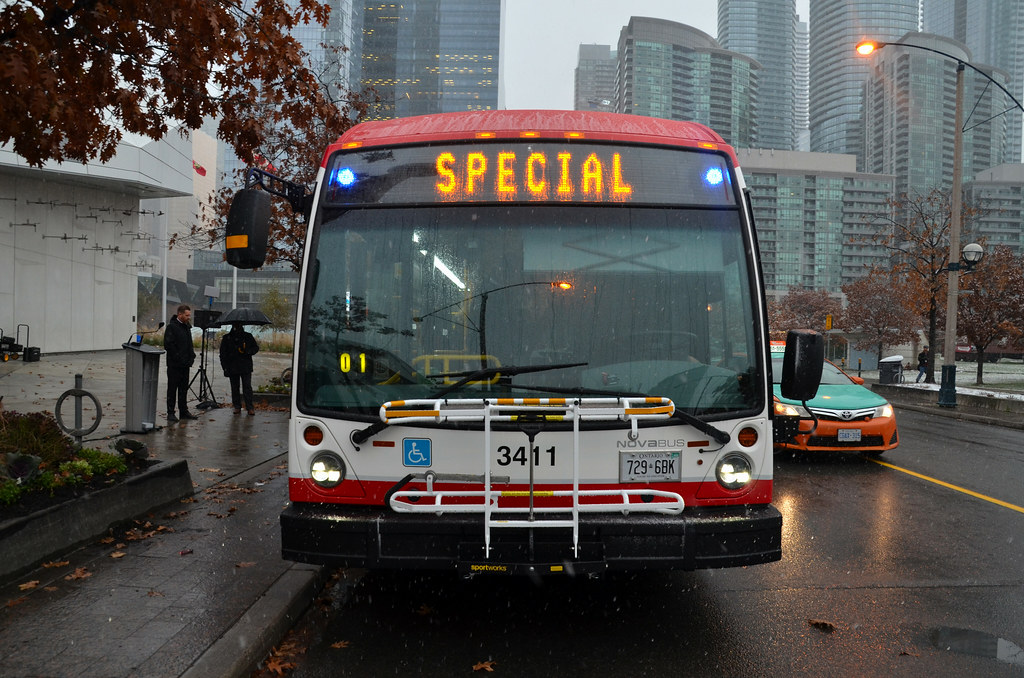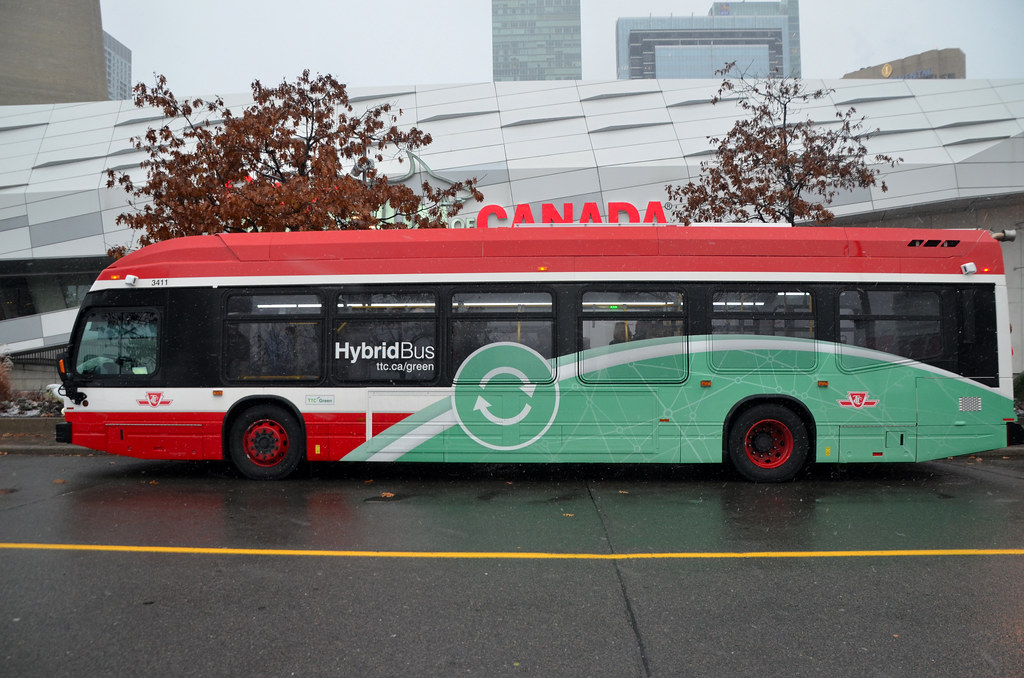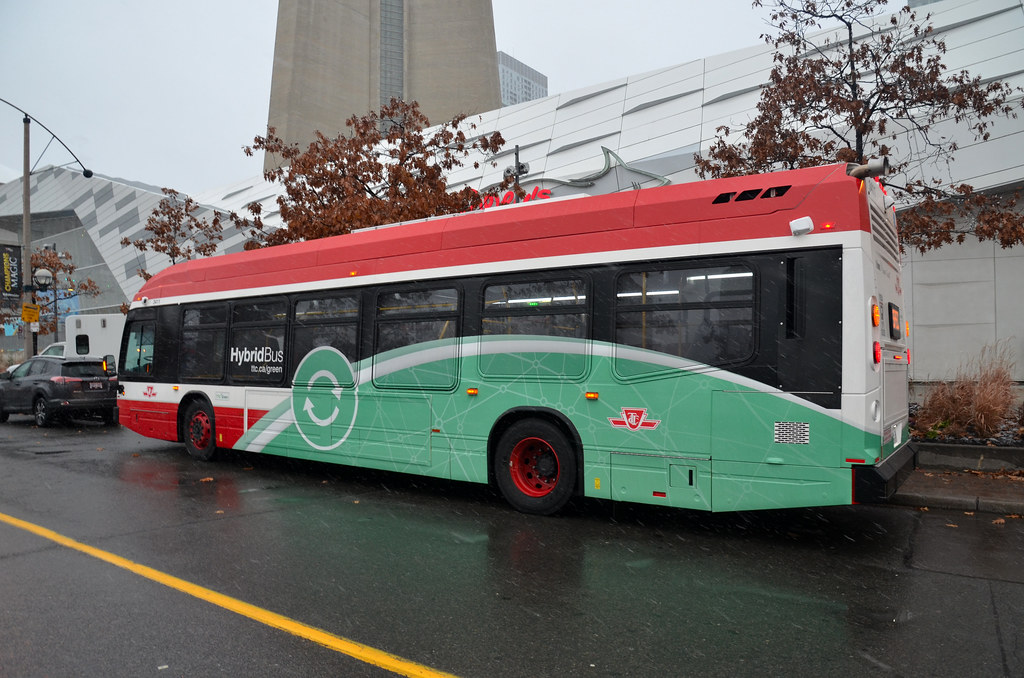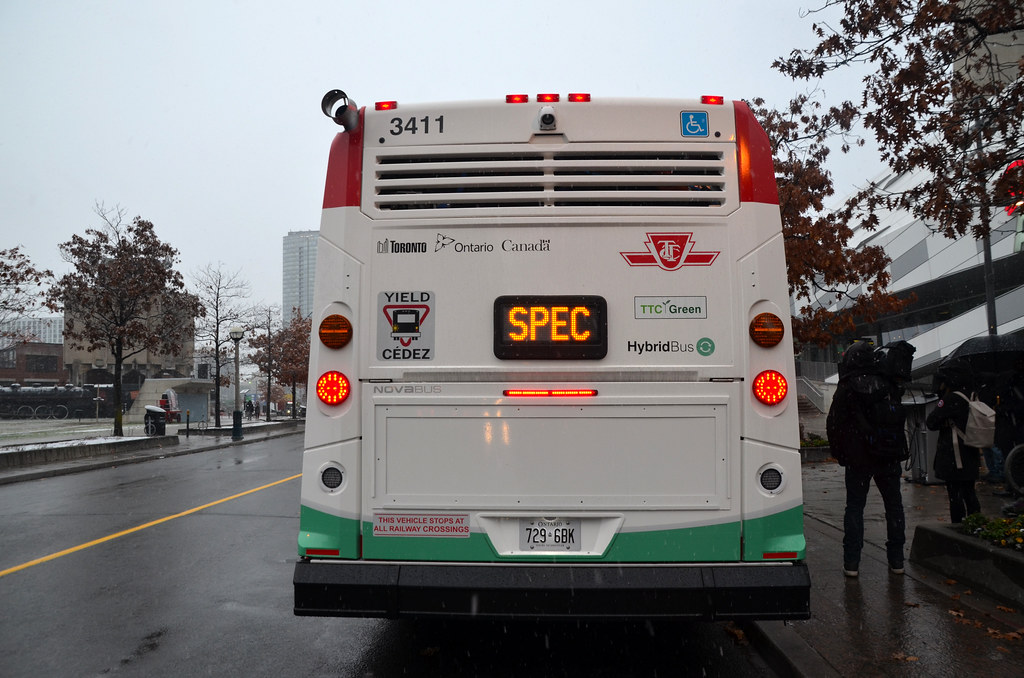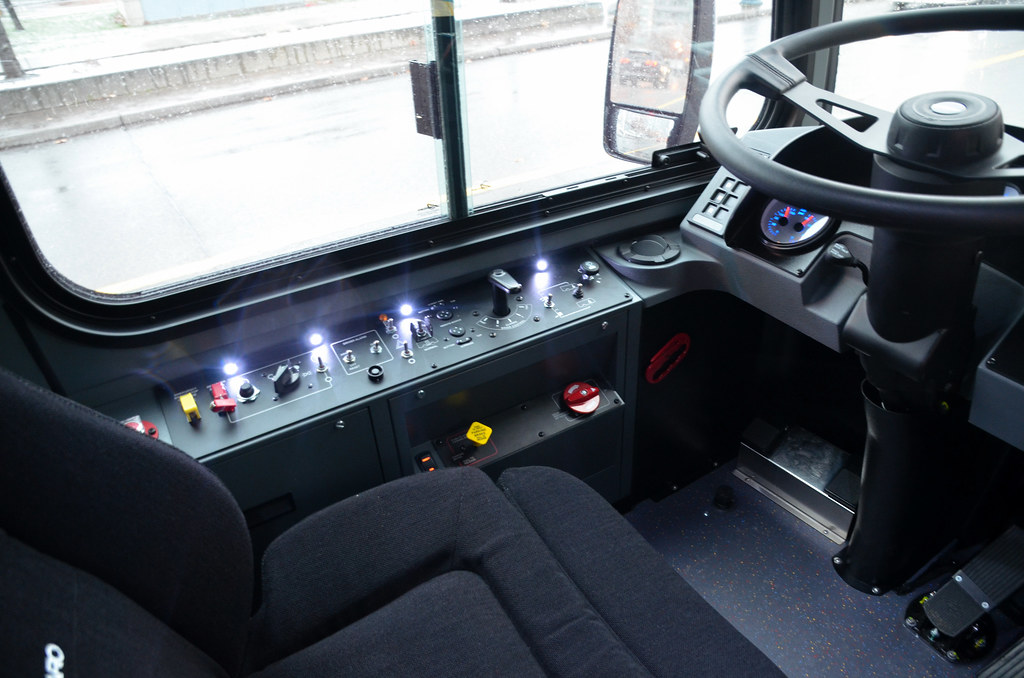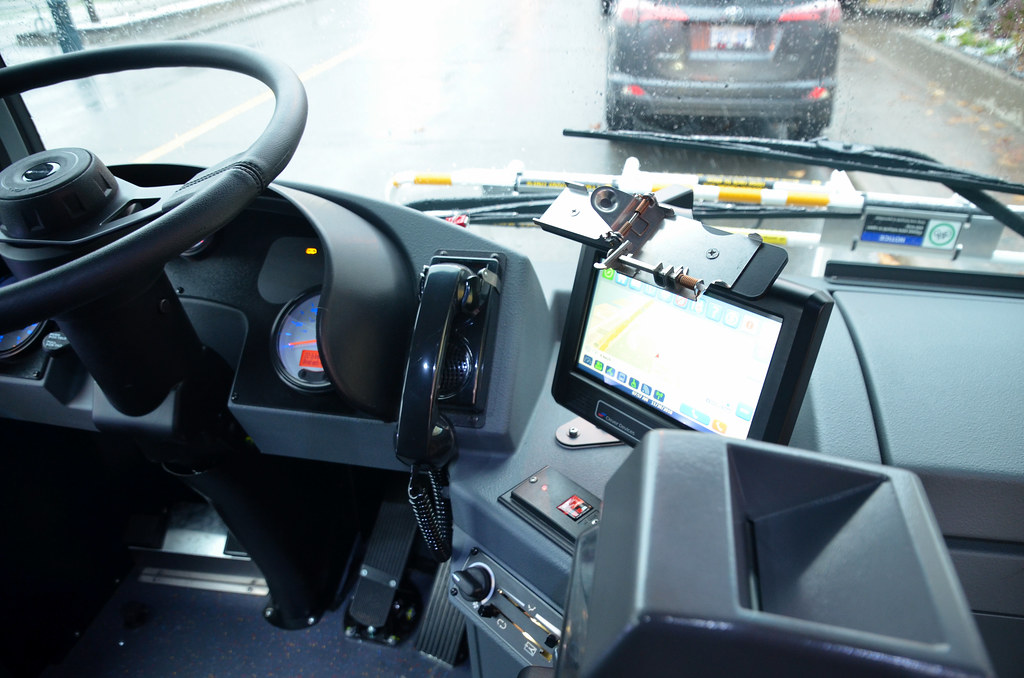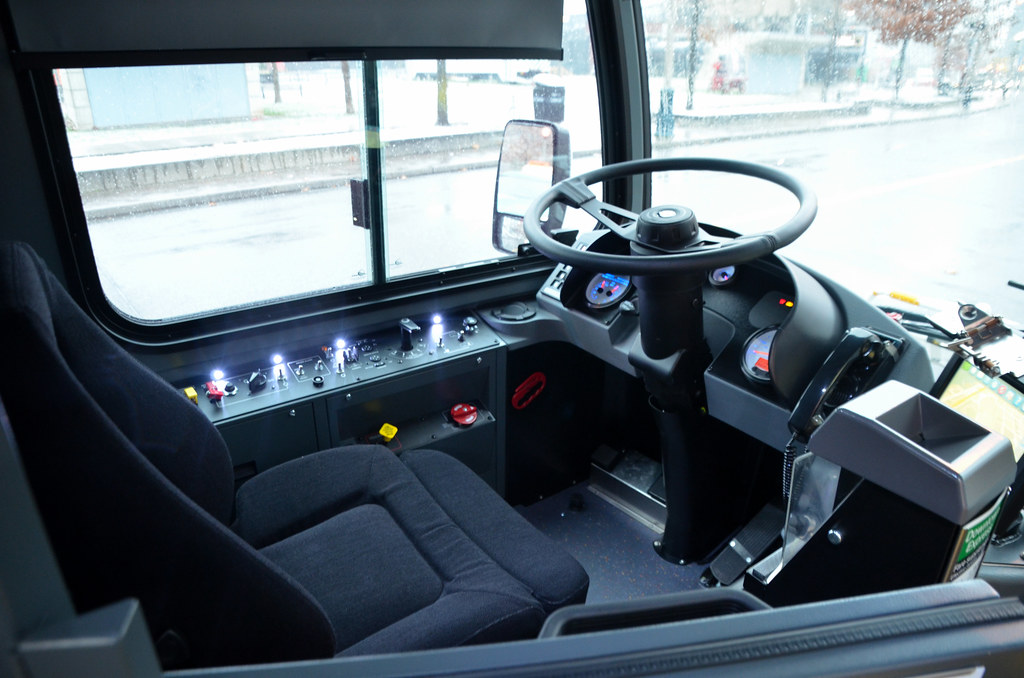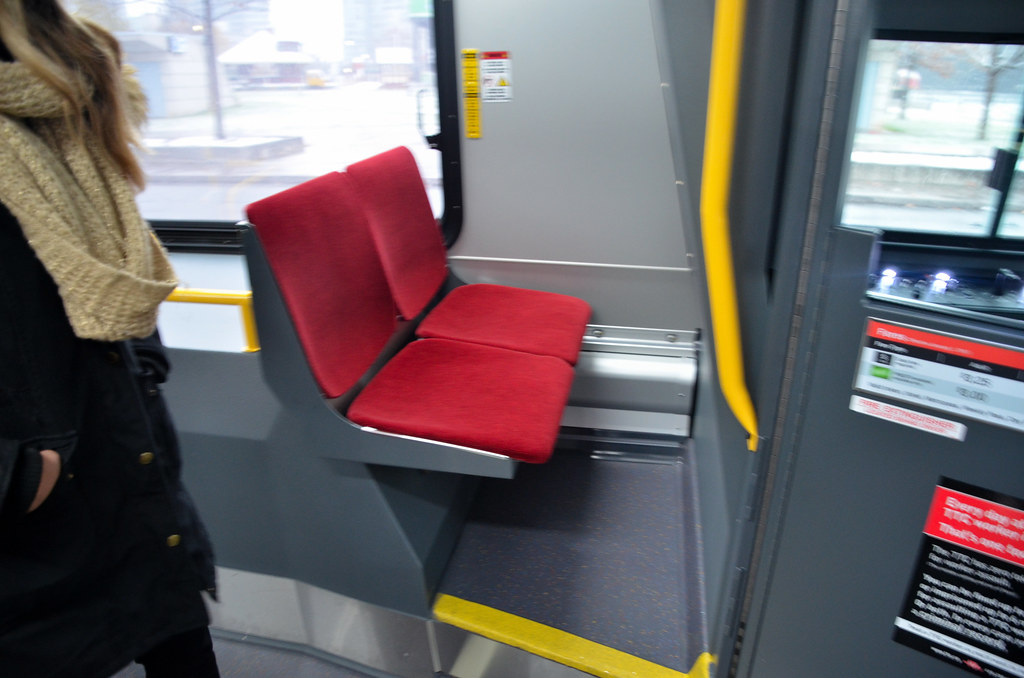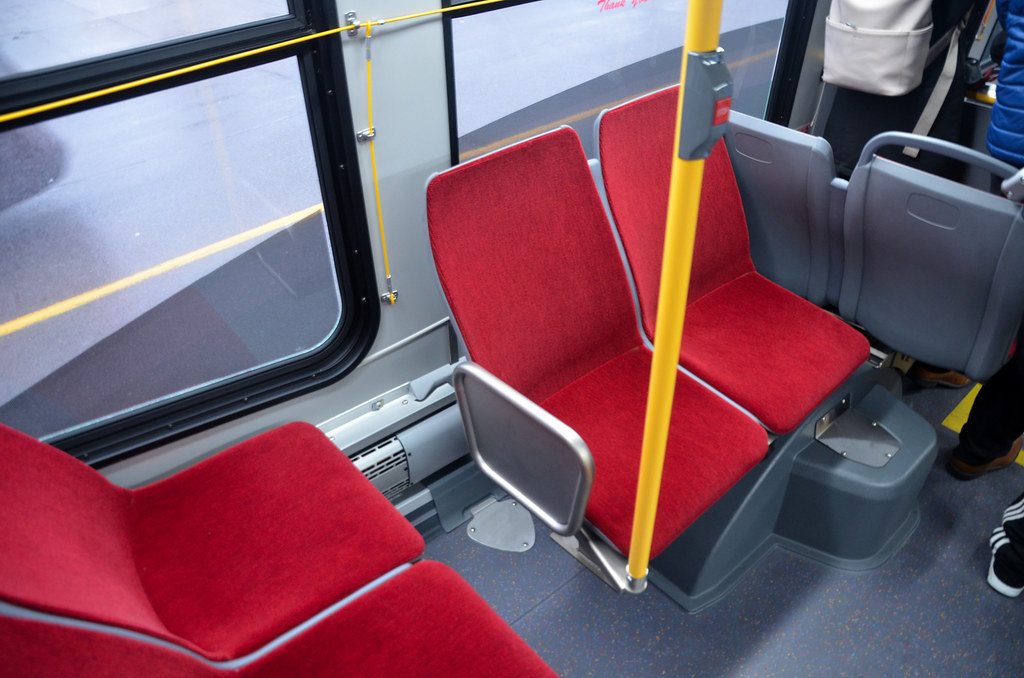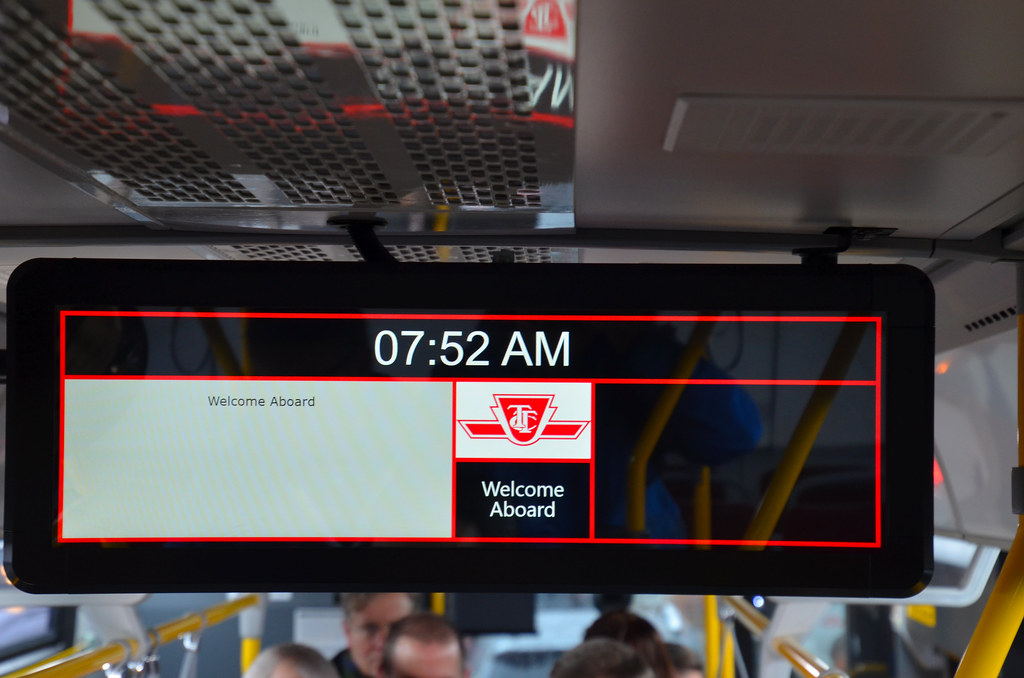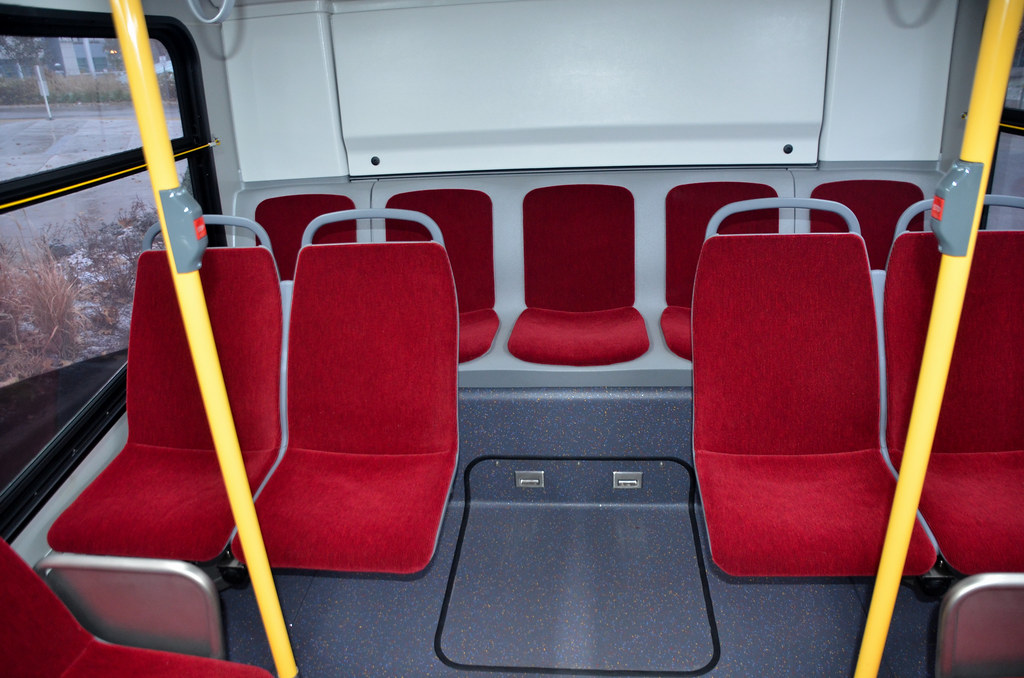“Typically, more than half of the cost of the bus is subsidised by government,” says Ma. “In terms of operation there is another subsidy: if we run our buses for a distance of more than 60,000km we receive just under 500,000 yuan [£58,000] from local government.” This subsidy is put towards reducing the cost of the bus fares: “The government looks at the public transport very much as social welfare.”
To keep Shenzhen’s electric vehicle fleet running, the city has built around 40,000 charging piles. Shenzhen Bus Company has 180 depots with their own charging facilities installed. One of its major depots in Futian can accommodate around 20 buses at the same time. “Most of the buses we charge overnight for two hours and then they can run their entire service, as the range of the bus is 200km per charge,” says Ma.
Availability of charging stations is a major factor in why it is it difficult for other cities around the world to switch to all-electric bus fleets, but Ma says
China being a one-party state hasn’t necessarily made it any easier in Shenzhen. “We have some of our own depots, but we also have to rent some from the municipal government, as well as from the private sector,” he says. “Aside from the subsidies in terms of purchasing the buses, we are very much left to ourselves to how we look for resources for our charging infrastructure.”





